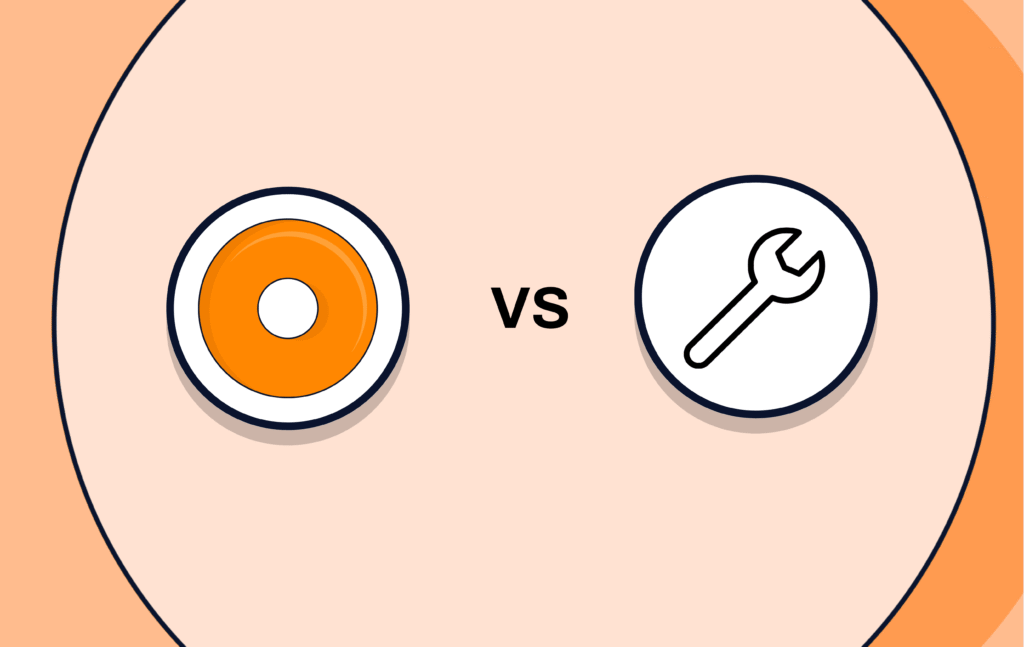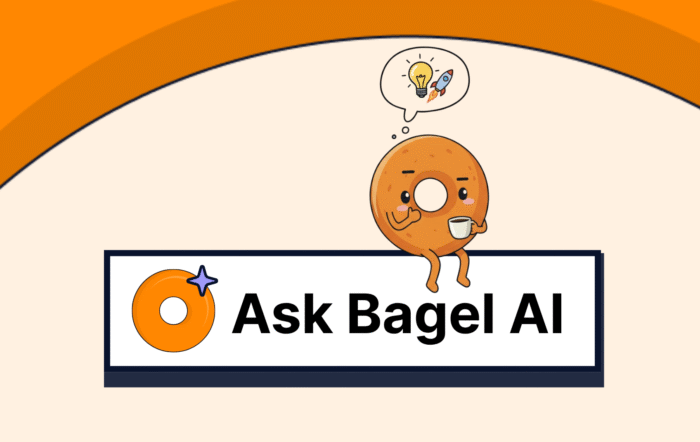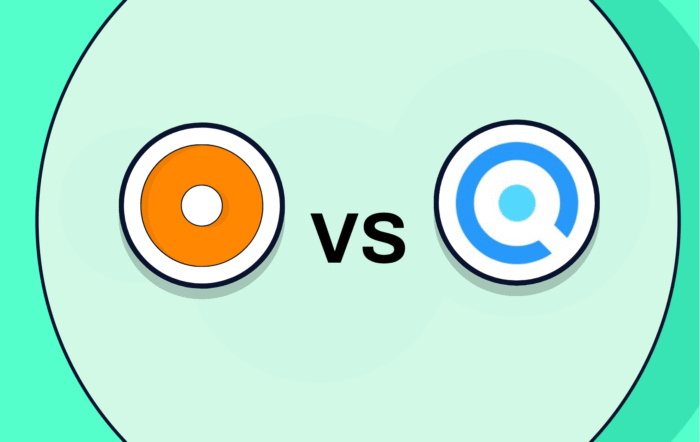TL;DR
If you’re debating between building an internal product intelligence platform or licensing one like Bagel AI, here’s the bottom line:
Building in-house might seem like the more customizable, cost-efficient path-but it comes with a huge time investment, talent overhead, and a very real risk of failure. In fact, a well-cited analysis from Data Science PM shows that up to 85% of AI and data projects fail to deliver business value. Buying a platform like Bagel AI gets you to value in weeks, not quarters, and helps align product, sales, and CS without building a thing.
Why Product Intelligence Matters Now
Every product team feels the pressure to justify their roadmap: what are we building, and why does it matter to the business? At the same time, sales and CS teams are on the front lines hearing what customers actually need. But when that feedback is scattered across Gong recordings, Jira tickets, Salesforce notes, and Zendesk threads, it’s nearly impossible to connect the dots.
This creates a daily alignment gap and it’s costly. According to the Product-Led Alliance’s 2025 Product Ops report, 93% of product ops professionals now say that ensuring cross-functional alignment is their top priority in 2025. In parallel, 71% report that they are already responsible for aggregating customer feedback, up from 58% the year prior.

So whether you’re scaling product ops or trying to stay ahead of churn and deal blockers, having a unified product intelligence platform isn’t a nice-to-have its mission critical.
Read more in this article: How to Know If Product Ops Is Actually Working
What It Really Takes to Build Your Own
Let’s be honest: the idea of building your own internal product intelligence layer sounds appealing. More control, custom schemas, tighter data governance. The scope quickly expands beyond a simple data project. It evolves into a cross-functional platform that demands serious engineering and operational resources.
You need to build connectors to each GTM tool Gong, Salesforce, Jira, Zendesk and keep those up to date. You need NLP pipelines to extract meaning from calls, notes, and tickets. You need tagging logic to organize all that feedback into actionable clusters. And you need to surface it all back to PMs, sales reps, and execs in tools they already use.
It’s a huge lift. According to Informatica, only 48% of AI projects make it into production and about 30% of those get abandoned post-prototype due to data quality and business alignment challenges. Meanwhile, Gartner projects that over 40% of agentic AI projects will be scrapped by 2027 due to mounting cost and unclear value.
Pros of building:
- Tailored workflows and internal logic
- Full control over data governance
- No vendor dependency (if you’re ready to support it indefinitely)
Cons of building:
- 6–9+ months to value
- Requires experienced data and ML talent
- High likelihood of rework and missed expectations
- Ongoing maintenance that never really ends
What You Get When You Buy Bagel AI
Buying a platform like Bagel AI provides a focused solution designed to identify product gaps, connect feedback to impact, and support ongoing product decisions grounded in data.
You get prebuilt connectors into your GTM stack Gong, Salesforce, Zendesk, Jira and more. You get a customer-specific AI model that groups feedback and identifies blockers without you needing to define a schema. And it pushes updates into the tools your teams already live in so nobody has to adopt a new dashboard just to stay aligned.
Customers have seen serious business results. One fintech company launched a delayed feature after surfacing it in Bagel, and closed $500K in deals within two weeks.
Pros of buying:
- Go live in 2-4 weeks
- Minimal effort from internal teams
- Revenue impact and alignment proven across customers
- Continuous improvements and support included
Cons of buying:
- Requires budget approval
- Slightly less flexibility than a custom build (though Bagel AI supports schema tuning)
- You’ll depend on a vendor relationship but that can be a strength if the roadmap aligns
Build vs. Buy Comparison
| Decision Factor | Build | Buy (Bagel AI) |
| Time to value | 6–9+ months | Live in 2–4 weeks |
| Risk of failure | High. Up to 85% of data/AI projects fail | Low.platform already in production across teams |
| Talent required | Data engineers, ML, PM ops | No additional hires needed |
| Total cost of ownership | High: build + maintain over time | Predictable licensing cost |
| AI & analytics depth | Needs internal NLP pipeline | Out-of-the-box with customer-trained AI |
| GTM integration | You build and maintain it | Native with pushback into tools |
| Long-term scalability | Needs dedicated platform team | Included in vendor roadmap |
When It Might Make Sense to Build
If you already have a strong AI/ML team, a clear use case that’s unlikely to evolve, and buy-in across product, GTM, and engineering to own this forever then… Yes, building might make sense. Especially if product intelligence is core to your differentiation.
But most teams don’t have that luxury. And even fewer have the time.
When Buying Bagel AI Makes More Sense
If you need value this quarter, want to reduce churn or unlock stalled deals, and prefer a solution that integrates with how your teams already work, buying is the move.
Bagel AI helps product managers align with GTM by centralizing customer signals without pulling engineering into another internal build project.
Start with one use case like surfacing blockers in Gong and see the impact. From there, you can expand into roadmap prioritization, churn risk tracking, or even expansion playbooks.

Final Thoughts
Product intelligence is a growing need across teams. The real consideration is how to implement it effectively. You can spend 6–12 months and hundreds of thousands of dollars building something that might not stick. Or you can stand up a proven solution in under a month and start making better product decisions immediately.
Gartner’s data is clear. Most internal data projects don’t reach their goals. But platforms like Bagel exist precisely to make sure yours can.
See What Bagel AI Can Do for Your Roadmap
Automatically surface what customers need, what blocks revenue, and what’s worth building without the manual work.



